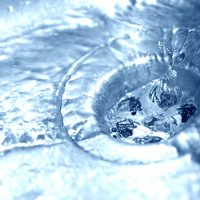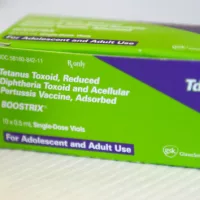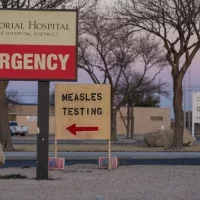
 Hemera/Thinkstock(NEW YORK) — Brain-eating amoebas have been detected in two water systems in Louisiana, the state’s health department said Thursday. Health officials reassured residents that drinking tap water is still safe and taking precautions in pools and showers can reduce their risk of infection.
Hemera/Thinkstock(NEW YORK) — Brain-eating amoebas have been detected in two water systems in Louisiana, the state’s health department said Thursday. Health officials reassured residents that drinking tap water is still safe and taking precautions in pools and showers can reduce their risk of infection.
Health officials confirmed the presence of Naegleria fowleri, commonly known as the brain-eating amoeba, in Ouachita Parish’s North Monroe Water System and Terrebonne Parish’s Schriever Water System during routine water testing. The Louisiana Department of Health said it notified public health officials and the administrators of the water systems on Thursday afternoon.
The health department urged residents to avoid getting water in their noses, which is how the organism can infect the brain. The department also advised the public to run baths, shower taps and hoses for at least five minutes before entering the water to flush out the pipes.
A list of other precautionary measures for families was posted on the health department’s website.
Residents should adhere to these precautions until health officials notify them that the amoebas are no longer in the water systems, the health department said.
According to the Centers for Disease Control and Prevention, the Naegleria fowleri can cause primary amebic meningoencephalitis (PAM), a brain infection that is almost always fatal. People are particularly at risk for contracting PAM if the amoeba enters through the nose, which can happen when people swim or dive in fresh water contaminated with the amoeba.
In the early stages of PAM, symptoms may be similar to those of bacterial meningitis: a severe headache, fever, nausea and vomiting. But stage two symptoms include seizures, hallucinations and coma.
The Louisiana Department of Health has routinely tested for Naegleria fowleri since 2015, with officials sampling public drinking water systems each summer when temperatures rise. Officials have collected a total of 540 samples for this ameoba since 2013.
The health department asked the water systems to convert their disinfection method to what is known as the “free chlorine method” for a period of 60 days to ensure that any remaining amoebas in the systems are eliminated.
Copyright © 2017, ABC Radio. All rights reserved.













